Table of Contents
- First Snow 2023-2024 | Vincent Wo | Flickr
- OUR KIDS 1ST TIME SEEING THIS MUCH SNOW!!! WINTER STORM VACATION 2024 l ...
- GALLERY: First snow of 2024
- Winter 2024-25 Outlook
- Glitter Kleurplaten 2024 - Marlo Shantee
- How Much Snow? Check the Forecast for the Winter Ski Season 2023-2024
- 2023-2024 Japanese Snow Season Outlook – Grasshopper's February Update ...
- 2023-2024 Japanese Snow Season Outlook – Grasshopper's February Update ...
- World Snow Wrap, February 2nd ,2024 – Dry Spell About to Break in North ...
- 2023-2024 Japanese Snow Season Outlook – What We Can Expect in an El ...
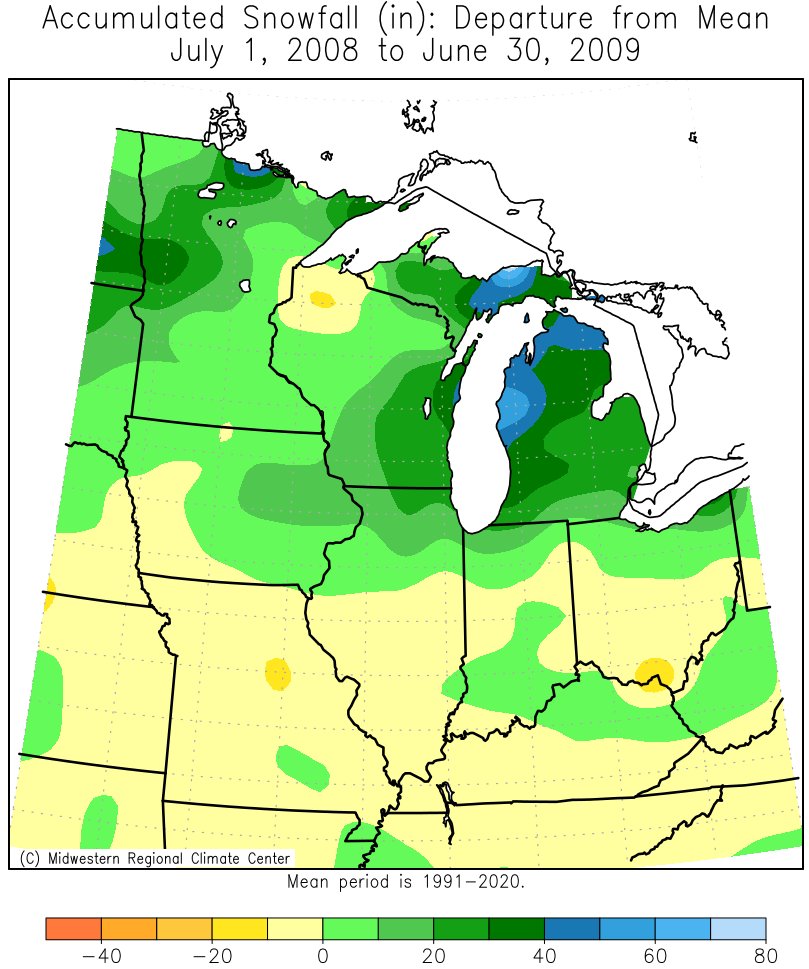


What are Snowfall Probabilities?

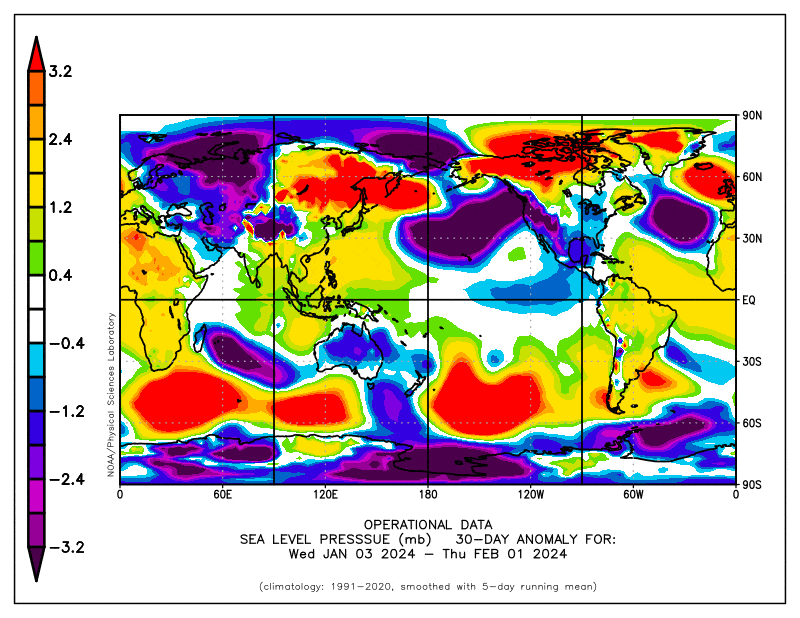

How Does the National Weather Service Predict Snowfall Probabilities?
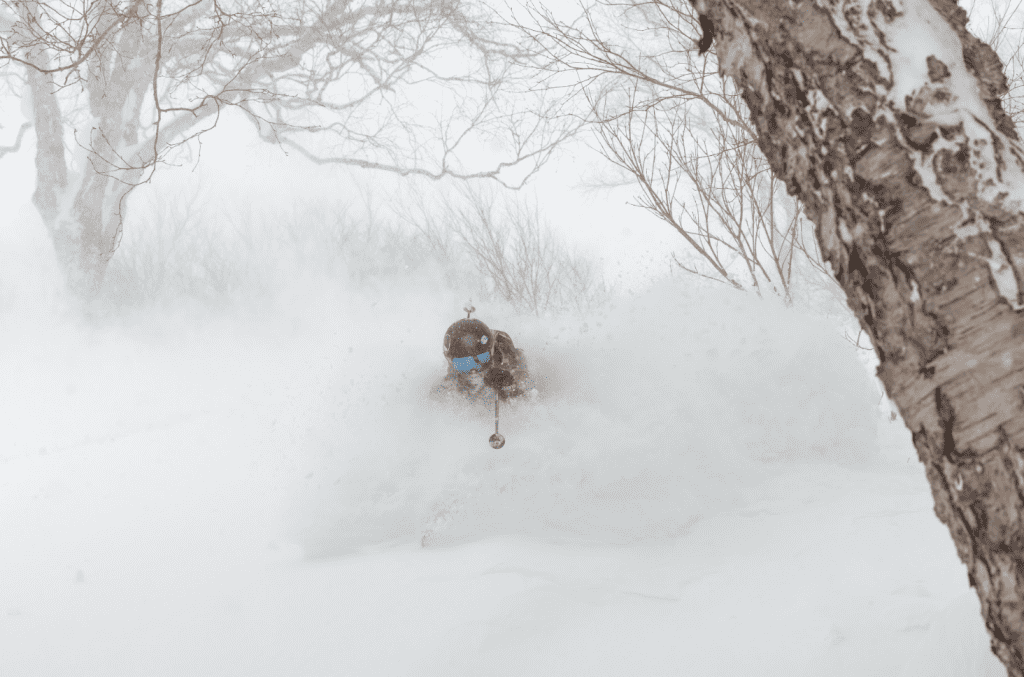
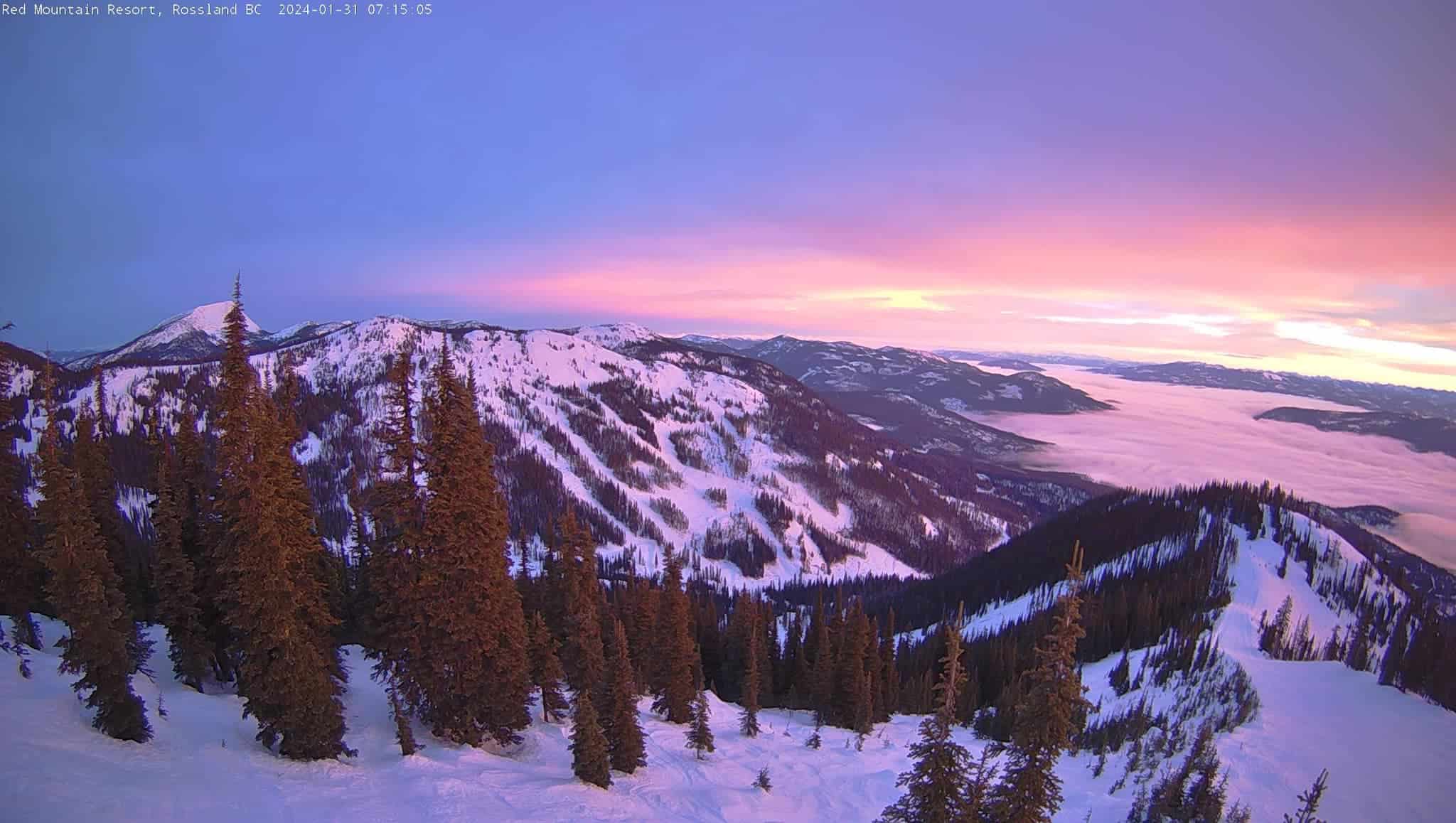
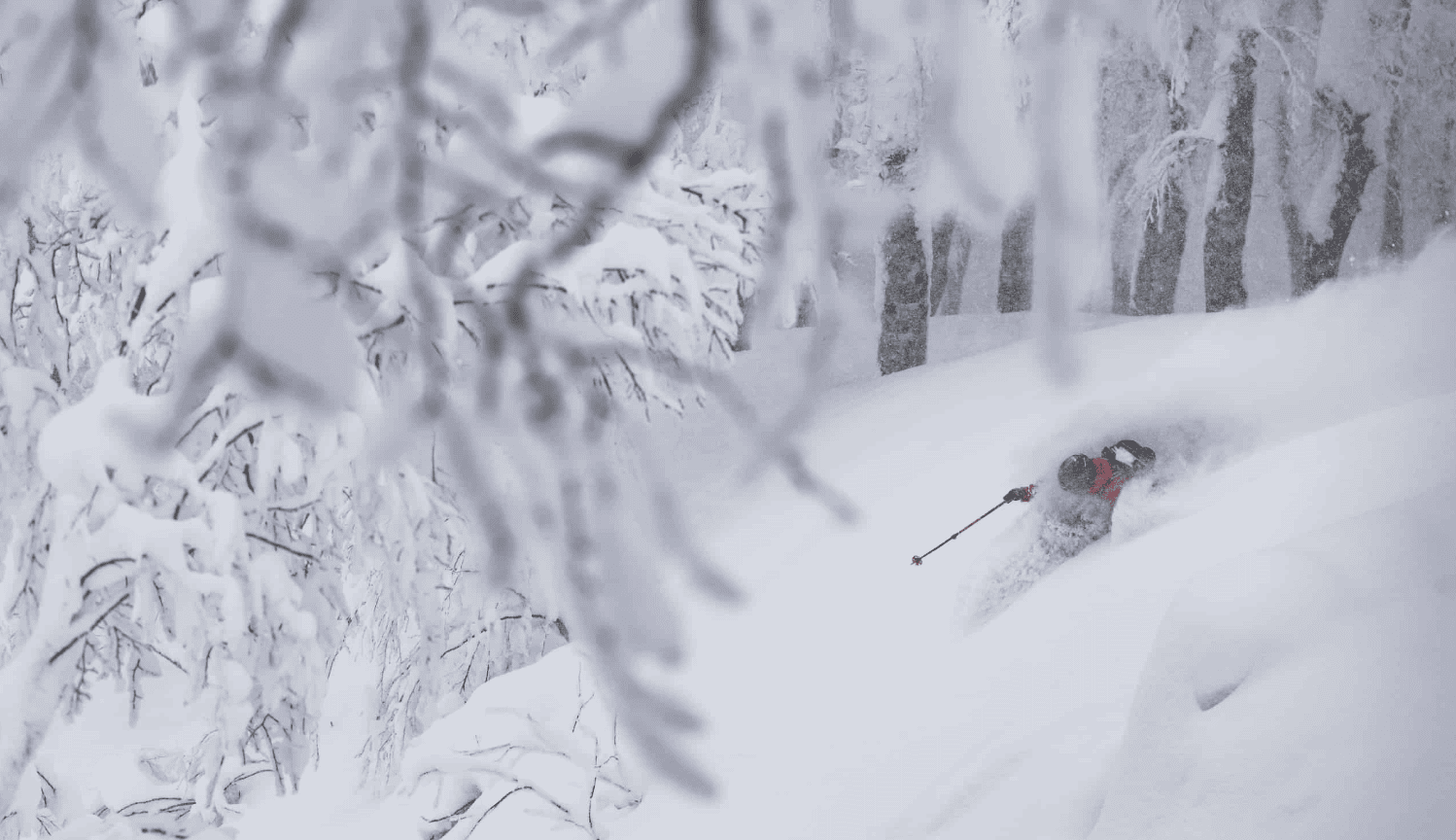

Interpreting Snowfall Probability Forecasts
When checking the weather forecast, you may come across terms like "30% chance of snow" or "80% chance of snow." But what do these numbers really mean? Here's a breakdown of how to interpret snowfall probability forecasts: Low probability (0-30%): Snowfall is unlikely, but not impossible. Moderate probability (30-60%): Snowfall is possible, but the forecast is uncertain. High probability (60-80%): Snowfall is likely, but the exact amount and timing are still uncertain. Very high probability (80-100%): Snowfall is highly likely, with a high degree of confidence in the forecast. Understanding snowfall probabilities is essential for making informed decisions about winter weather events. By grasping the basics of how the National Weather Service predicts these probabilities, you can better prepare for snowfall and stay safe during winter storms. Remember to always check the latest forecast and warnings from the NWS, and stay tuned for updates on snowfall probabilities in your area.For more information on snowfall probabilities and winter weather forecasts, visit the National Weather Service website at www.weather.gov.